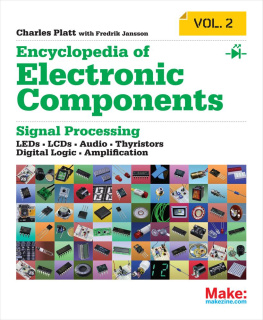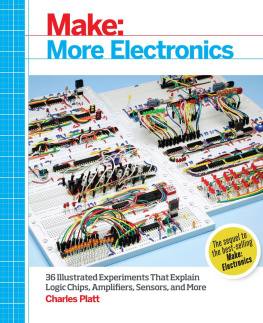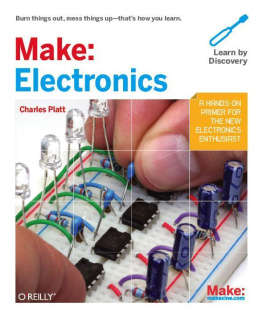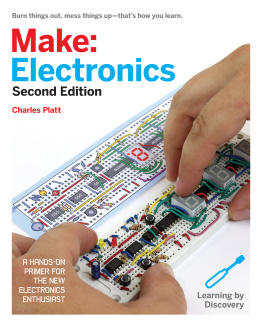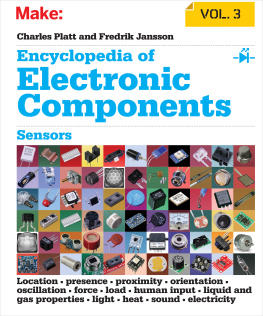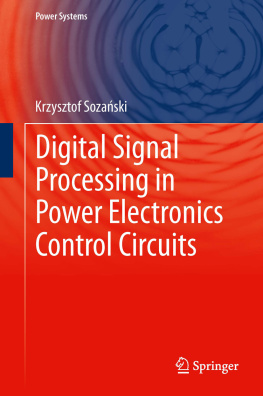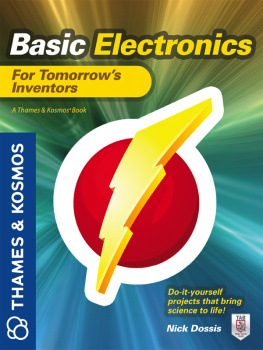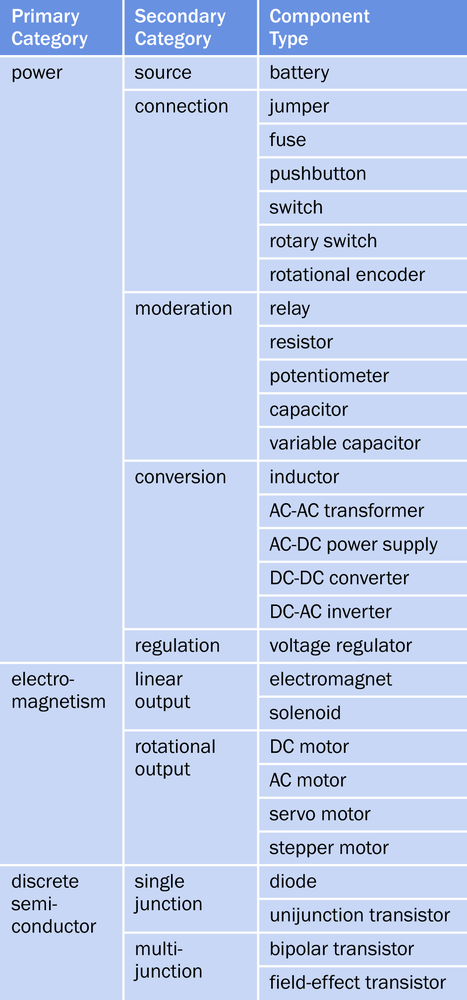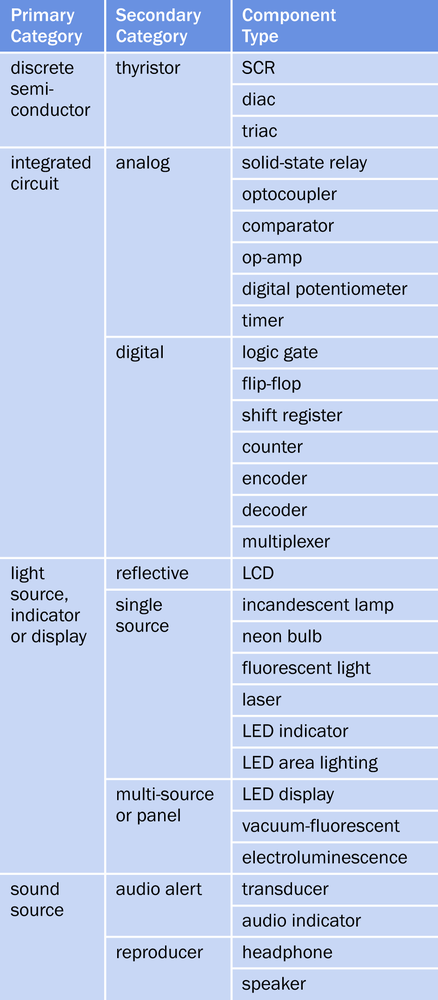Charles Platt - Encyclopedia of Electronic Components, Volume 2: Signal Processing
Here you can read online Charles Platt - Encyclopedia of Electronic Components, Volume 2: Signal Processing full text of the book (entire story) in english for free. Download pdf and epub, get meaning, cover and reviews about this ebook. year: 2014, publisher: Maker Media, genre: Computer. Description of the work, (preface) as well as reviews are available. Best literature library LitArk.com created for fans of good reading and offers a wide selection of genres:
Romance novel
Science fiction
Adventure
Detective
Science
History
Home and family
Prose
Art
Politics
Computer
Non-fiction
Religion
Business
Children
Humor
Choose a favorite category and find really read worthwhile books. Enjoy immersion in the world of imagination, feel the emotions of the characters or learn something new for yourself, make an fascinating discovery.
- Book:Encyclopedia of Electronic Components, Volume 2: Signal Processing
- Author:
- Publisher:Maker Media
- Genre:
- Year:2014
- Rating:4 / 5
- Favourites:Add to favourites
- Your mark:
Encyclopedia of Electronic Components, Volume 2: Signal Processing: summary, description and annotation
We offer to read an annotation, description, summary or preface (depends on what the author of the book "Encyclopedia of Electronic Components, Volume 2: Signal Processing" wrote himself). If you haven't found the necessary information about the book — write in the comments, we will try to find it.
Want to know how to use an electronic component? This second book of a three-volume set includes key information on electronics parts for your projects--complete with photographs, schematics, and diagrams. Youll learn what each one does, how it works, why its useful, and what variants exist. No matter how much you know about electronics, youll find fascinating details youve never come across before.
Perfect for teachers, hobbyists, engineers, and students of all ages, this reference puts reliable, fact-checked information right at your fingertips--whether youre refreshing your memory or exploring a component for the first time. Beginners will quickly grasp important concepts, and more experienced users will find the specific details their projects require.
Volume 2 covers signal processing, including LEDs, LCDs, audio, thyristors, digital logic, and amplification.
- Unique: the first and only encyclopedia set on electronic components, distilled into three separate volumes
- Incredibly detailed: includes information distilled from hundreds of sources
- Easy to browse: parts are clearly organized by component type
- Authoritative: fact-checked by expert advisors to ensure that the information is both current and accurate
- Reliable: a more consistent source of information than online sources, product datasheets, and manufacturers tutorials
- Instructive: each component description provides details about substitutions, common problems, and workarounds
- Comprehensive: Volume 1 covers power, electromagnetism, and discrete semiconductors; Volume 2 includes LEDs, LCDs, audio, thyristors, digital logic, and amplification; Volume 3 covers a range of sensing devices.
Charles Platt: author's other books
Who wrote Encyclopedia of Electronic Components, Volume 2: Signal Processing? Find out the surname, the name of the author of the book and a list of all author's works by series.

